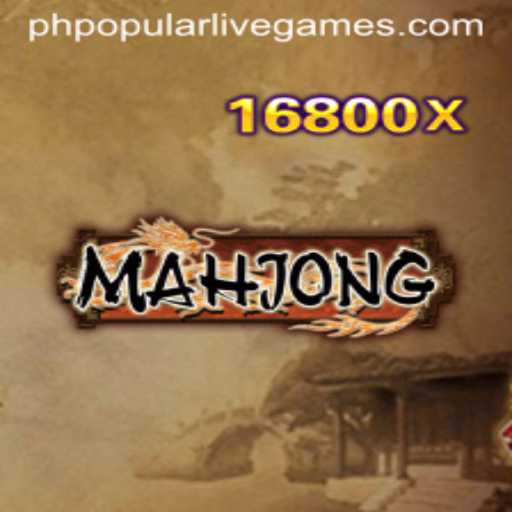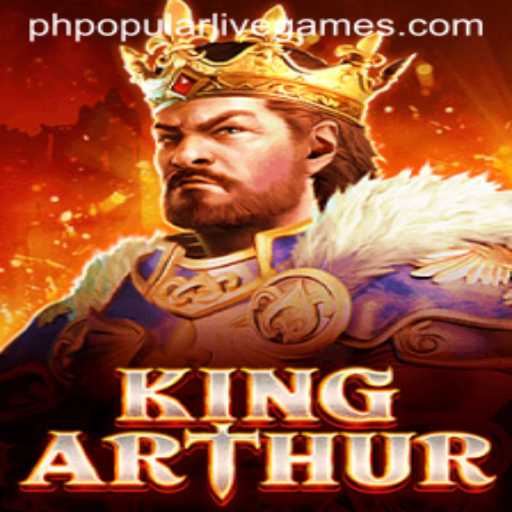
Why Choose Sport in phpopular
- ⚽
Full Coverage
Follow a wide variety of sports, including football, basketball, and more.
- 📊
Detailed Statistics
Access comprehensive data to help you make informed decisions.
- 🎁
Special Promotions
Earn exclusive bonuses and participate in end-of-year offers.
Brand News
- 🏆
Soccer
Watch live matches and enjoy the best betting options.
- 🏀
Basketball
Dive into the on-court action with exclusive stats and analysis.
- 🎾
Tennis
Bet on international tournaments with competitive odds.
Discover JackFrostsWinter: A Must-Play Game This Season
Explore the magical world of JackFrostsWinter, an engaging game that combines strategy and adventure.
- 📖
Study team statistics and performance before betting.
- 🕒
Gamble responsibly and set clear limits.
- 💡
Take advantage of seasonal promotions to maximize your earnings.

Exploring the World of Mahjong

Mahjong: A Fascinating Game of Strategy and Tradition
Mahjong is a game steeped in rich history and strategic complexity, that has captured the imagination of enthusiasts across the world. Originating in China during the Qing dynasty, Mahjong has become not only a popular pastime but also an intriguing cultural artifact that continues to evolve with modern trends. The game's intricate rules, detailed tiles, and elaborate setups make it a perennial favorite among players ranging from casual participants to competitive aficionados.
The Origins and Evolution of Mahjong
The origins of Mahjong are as complex and nuanced as the game itself. It is believed to have been derived from ancient Chinese card games and was standardized in the late 19th century. The game quickly gained popularity throughout China and eventually spread to the Western world, where it underwent several adaptations. In America, for example, Mahjong was transformed into a different format, known as American Mahjong, which incorporates unique rules and tile combinations. This evolution reflects Mahjong's ability to adapt and remain relevant in various cultural contexts.
Understanding the Structure of Mahjong
Typical Mahjong sets consist of 144 tiles based on Chinese characters and symbols. These tiles are categorized into different suits: dots (or circles), bamboo (or sticks), and characters. Each suit contains four sets of one to nine. There are additional honor tiles comprising winds and dragons. Special flower and season tiles are included in some sets, adding further layers of challenge.
As players dive into the game, they aim to build a winning hand from a combination of melds and pairs. Melds can be Pungs (three identical tiles), Chows (three consecutive tiles of the same suit), or Kongs (four identical tiles). The ultimate goal is to achieve a legal hand that adheres to predefined winning patterns.
Rules That Govern the Game
Mahjong is traditionally played by four players, each starting with 13 tiles (16 in some regional versions). Players take turns drawing and discarding tiles, striving to mold their hands into four melds and one pair. Drawing from the "wall" of remaining tiles, each player strategically decides whether to declare their hand open or reserved by revealing certain combinations.
The strategic element lies in predicting opponents' moves, managing one's own hand, and deciding which tiles to retain or discard. Declaring a Mahjong, or winning hand, is a culmination of tactical planning and understanding of probabilities. Regional variations introduce additional rules, such as the inclusion of bonus points for certain hands or special scoring systems.
Mahjong in Contemporary Society
Mahjong's enduring charm has transcended traditional gaming tables, finding new life in digital platforms. Online Mahjong games have become phpopular, offering both classic and modern variations accessible to global audiences. These digital versions have helped new generations connect with the game, ensuring its longevity and relevance.
In addition to its recreational appeal, Mahjong plays a significant role in social interactions, family gatherings, and community bonding. Recent events have highlighted the growing recognition of Mahjong as a symbol of cultural identity and heritage, with tournaments gaining international attention and fostering cross-cultural exchange. Mahjong has been adapted to reflect current global themes, incorporating design elements and narratives that resonate with today’s players.
The Cultural Resonance of Mahjong
Mahjong's influence extends beyond the game itself, contributing to its cultural prominence. It has inspired art, literature, and fashion, with enthusiasts celebrating the aesthetic beauty and historical significance of Mahjong tiles. For many, Mahjong is emblematic of shared histories and community legacy, a sentiment echoed during recent cultural festivals and exhibitions.
Whether played in intimate settings among friends or in grand tournament arenas, Mahjong's ability to bring people together is undeniable. It offers rich opportunities for storytelling, teaching patience, and fostering camaraderie. As we embrace its enduring cultural tapestry, Mahjong continues to captivate, educate, and entertain, creating connections across generations.
Brand News
-

An in-depth exploration of the popular KingArthur game, including its introduction, gameplay mechanics, and current relevance.
-

Explore the mystical world of BookOfThePriestess, a captivating game that blends strategy and fantasy, captivating players worldwide.
-

Explore the exciting world of WildTarzan, a game where strategy meets adventure.
-

Dive into the mystical universe of SakuraLegend, a captivating game that's taking the gaming community by storm.
-

Discover the fascinating world of the game LonelyPlanet, including its introduction, gameplay mechanics, and current influences.
-

Explore the magical world of JackFrostsWinter, an engaging game that combines strategy and adventure.
-

Dive into the exhilarating world of StempedeRushSpeedy, a game blending speed and strategy to create an unforgettable gaming experience. Discover how it stands out in the current gaming landscape.


